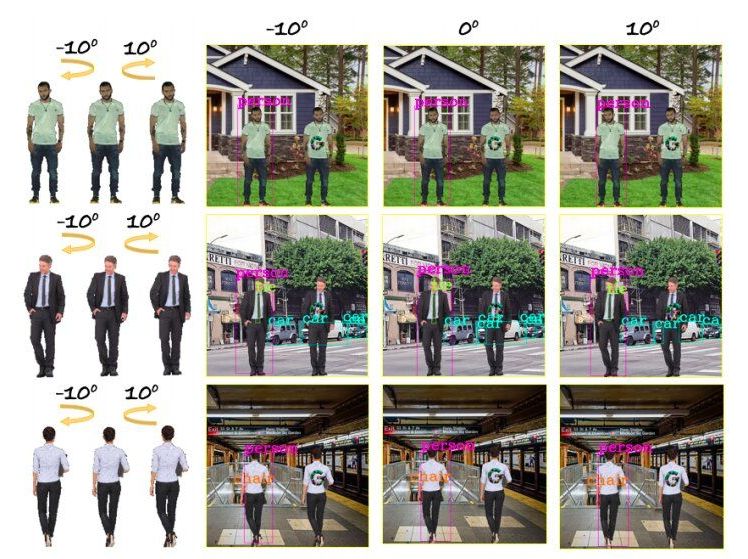Taiwan’s semiconductor industry, a centerpiece of the global supply chain for smartphones and computing equipment, was the focus of a hacking campaign targeting corporate data over the last two years, Taiwan-based security firm CyCraft Technology claimed Thursday.
The hackers went after at least seven vendors in the semiconductor industry in 2018 and 2019, quietly scouring networks for source code and chip-related software, CyCraft said. Analysts say the campaign, which reportedly hit a sprawling campus of computing firms in northwest Taiwan, shows how the tech sector’s most prized data is sought out by well-resourced hacking groups.
“They’re choosing the victims very precisely,” C.K. Chen, senior researcher at CyCraft, said of the hackers. “They attack the top vendor in a market segment, and then attack their subsidiaries, their competitors, their partners and their supply chain vendors.”









